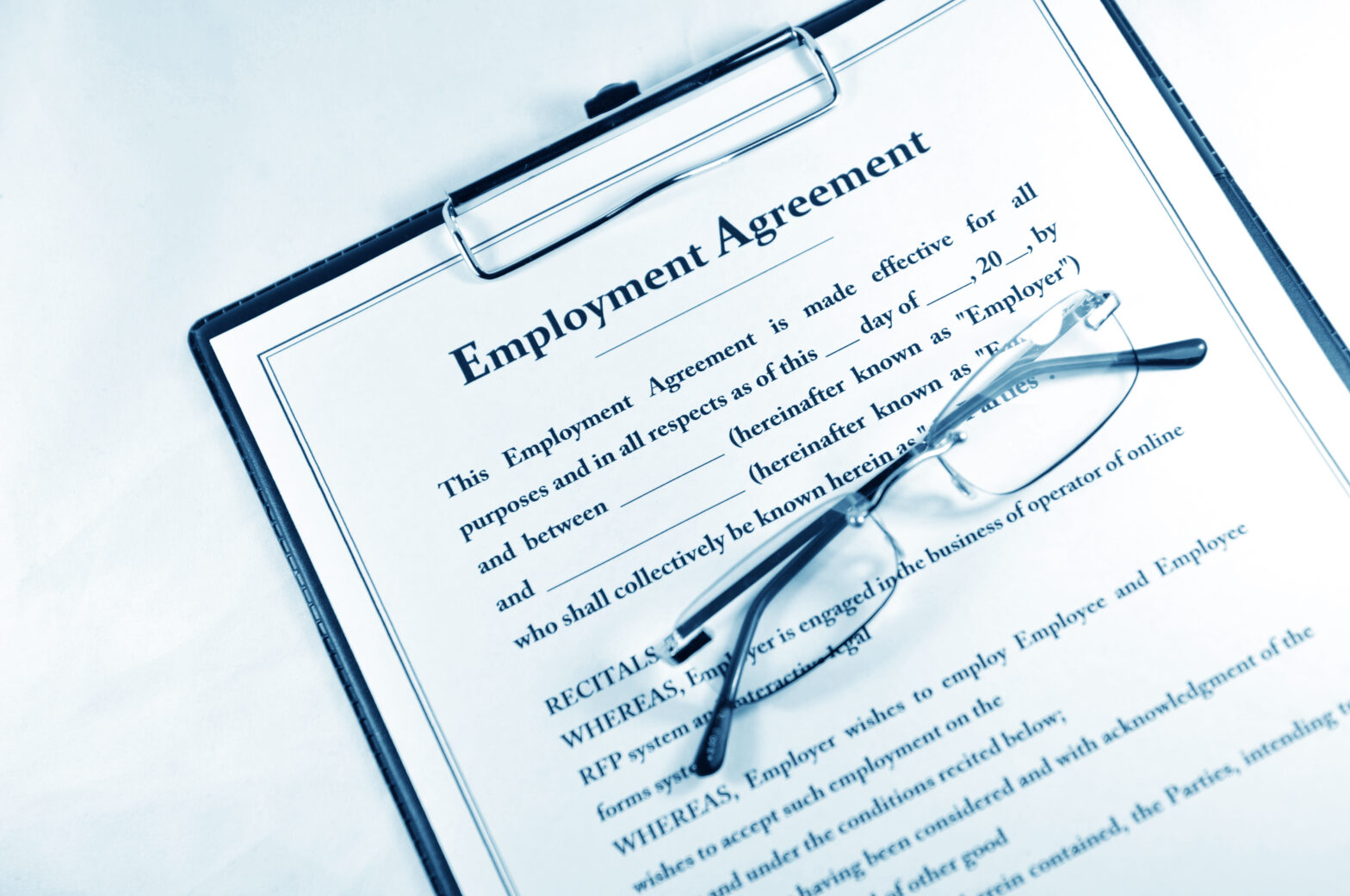In 2009, 100,000 employees were forced to retire because they had reached age 65, despite the fact they wanted to continue in employment. Forced retirement is now much harder since the scrapping the Default Retirement Age (DRA) which came into effect back in October 2011.
Joy and despair initially greeted the departure of the DRA depending upon the interest group being represented. The Institute of Directors saw it as an attack on entrepreneurs and business in general and warned that jobs would be at risk because of the burden on employers. By contrast, Age UK saw it as a positive step, particularly given the financial pressure on many individuals who have insufficient pension to meet their needs.
Employers were in general grateful that the government accepted that providing insured benefits, such as medical insurance, would place a significant financial burden on employers if they had to extend such benefits to the over-65s. As a result, when the regulations were introduced for scrapping the DRA, there was an exemption in respect of insured benefits. Essentially, it is not regarded as age discriminatory not to provide these insured benefits to the over-65s.
Employers now face a number of practical issues that are thrown up by the removal of the DRA, such as: What benefits will the over-65s receive? What should they do about succession planning? How should they tackle poor performance? Should they bring in testing for satisfactory performance at a certain age? What approach will they take to training?
Key Change
Where an employer has an employee who is 65 or older, now they will not be able to use the DRA procedure to dismiss by reason of redundancy as this will not be one of the fair reasons for dismissal. At that point, employers will need either to have one of the usual fair reasons for dismissal such as performance or redundancy. Alternatively, an employer may still have their own Employers Justified Retirement Age (EJRA) as a reason for dismissal. However, they will need objectively to justify this policy. While an EJRA may be justified in certain physically demanding jobs, for most jobs it will be difficult to justify such an approach simply because an employee has reached a particular age. Even in physically demanding work, employers are likely to need to carry out an assessment before in fact retiring staff.
Practical issues
There are a variety of reasons why the DRA has been valued by employers in the past. Common reasons for wishing for its retention are performance issues and succession planning. Automatic retirement at 65 is seen as a way of removing staff that may be past their best without the indignity of undergoing a performance monitoring process. This can be particularly invidious for long-serving, loyal employees. The DRA also allows for open discussion of succession planning in an orderly manner, and without any sense of criticism of those who are to relinquish the reins to younger colleagues.
Employers faced with staff who cannot simply be dismissed when they reach 65 will need to ensure managers address performance issues of their staff, regardless of age. If an older worker is not performing, they will not be able to coast quietly to retirement. They will now need to face the same type of monitoring and assessment their younger colleagues face.
In terms of succession, ACAS encourages employers to discuss with employees what their future plans will be. These open discussions could be part of an annual appraisal. Asking about future plans should not simply be a question for older employers, however. The aspirations of all an employers should be looked at, and not merely those who are approaching an age at which their employer believes they should retire.
Which employers were most hit by the removal of the DRA?
The public sector, with its history of generous final salary pension schemes, may see employees continuing to retire when their pension kicks in. By contrast, those in the private sector are more likely to find employees wish to be retained in work to supplement what may be a meagre pension. Other factors may be associated with marriage and children. Those whose children who have grown up and left home or who find themselves 65 and single may prefer to remain at work rather than enjoy a more solitary life away from the hubbub of a busy work life. Similarly, those who are on a second marriage and who have a new set of children later in life may also need to continue working to meet the costs of providing for their second family.
Psychometric testers may want to look for a new set of qualities to identify staff that are likely to want to retire at 65. Those questions at job interviews about hobbies and home life might taken on a whole new significance as they may help to identify those who will willingly depart when they hit their mid 60s with glee rather than despair.
This article was contributed by Jane Moorman, partner, Employment Department, Howard Kennedy Solicitors





